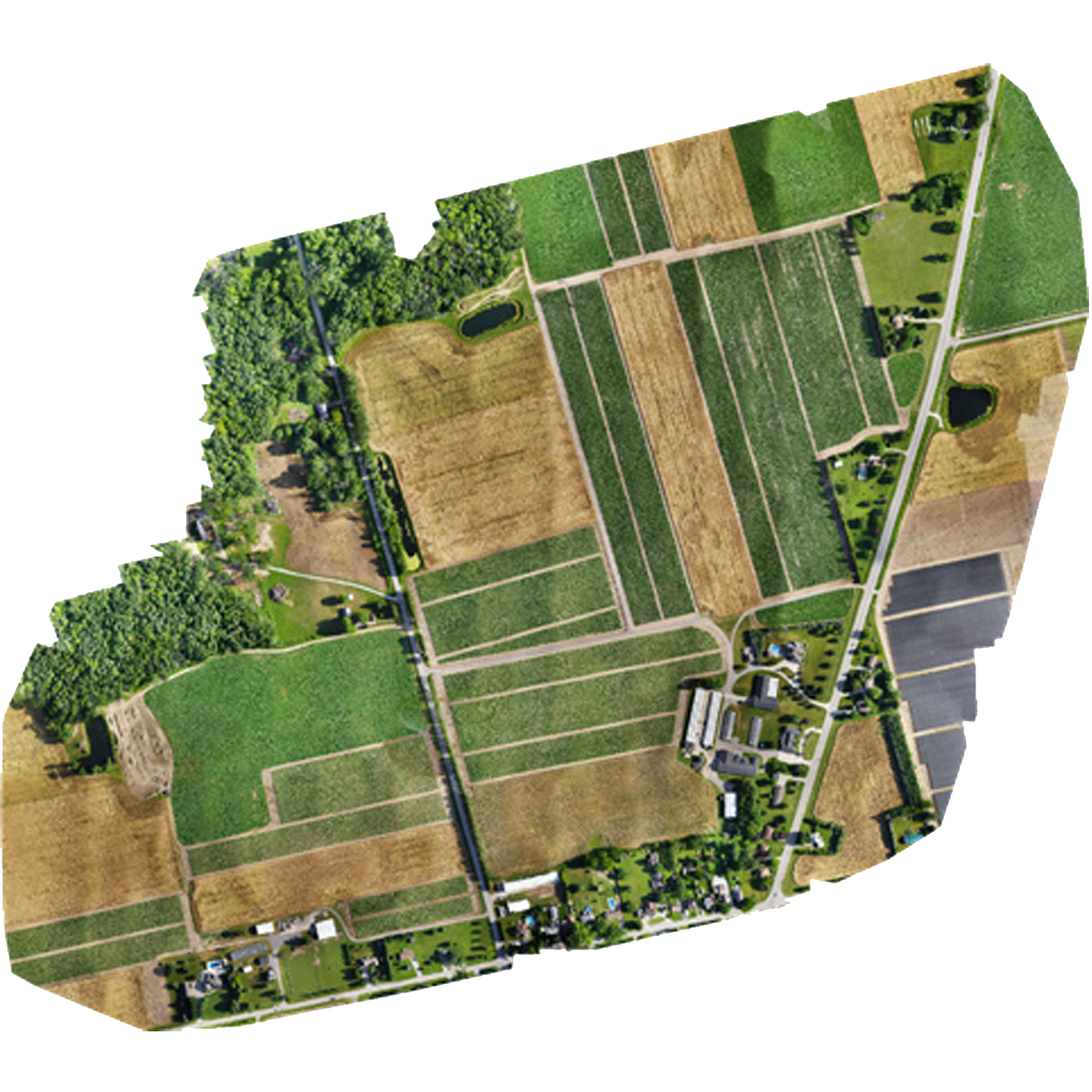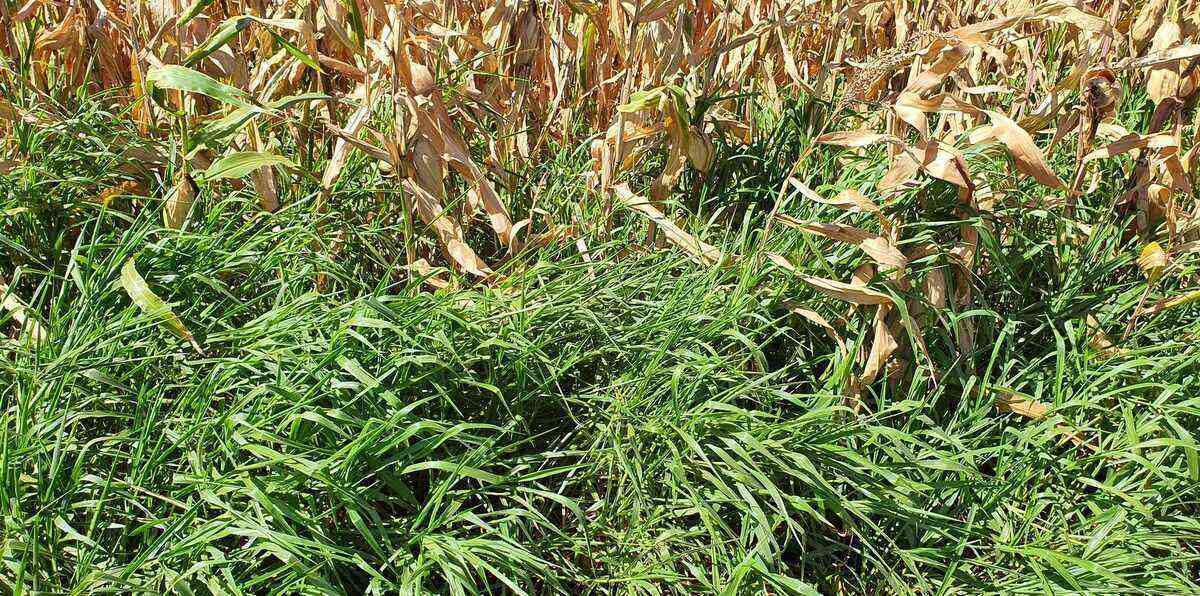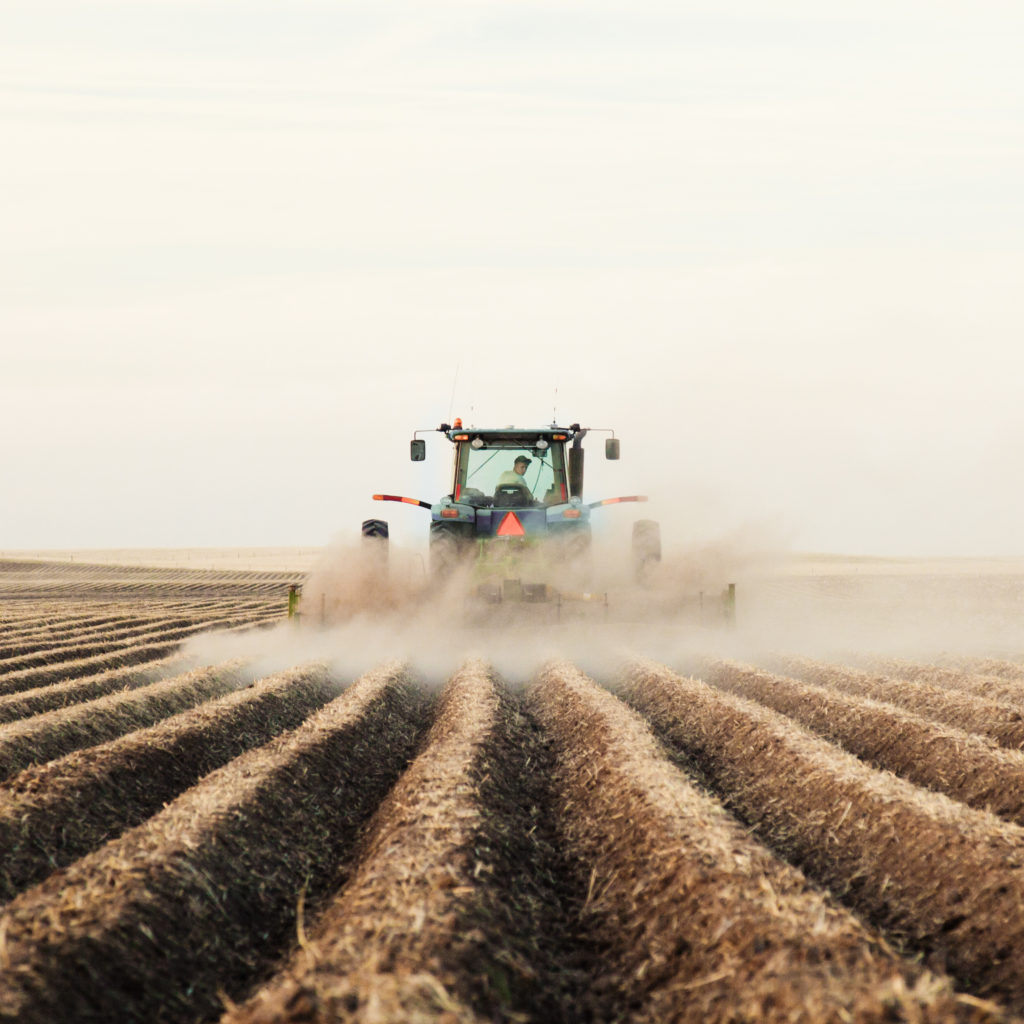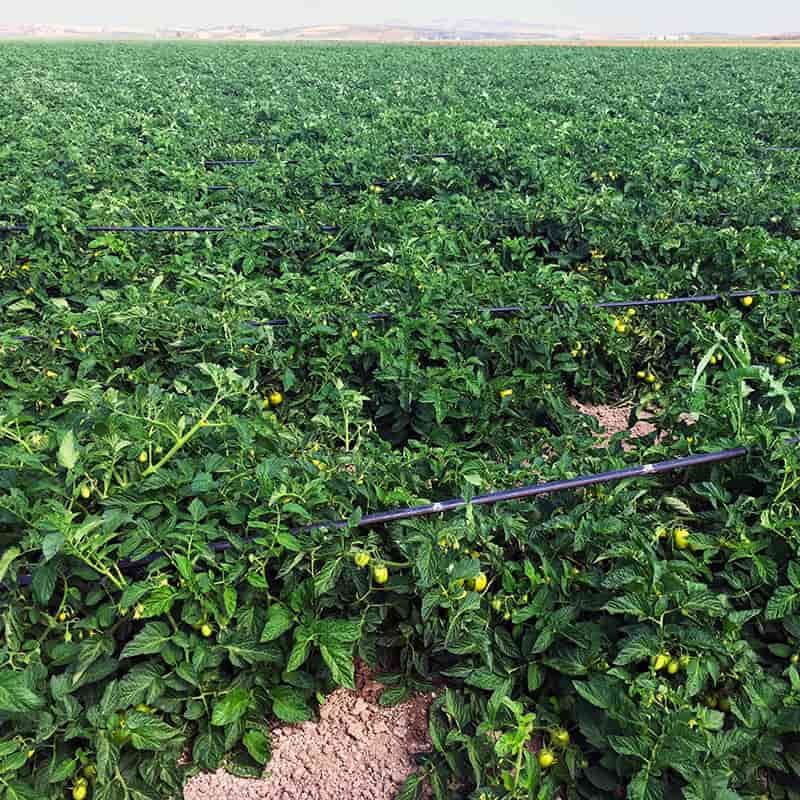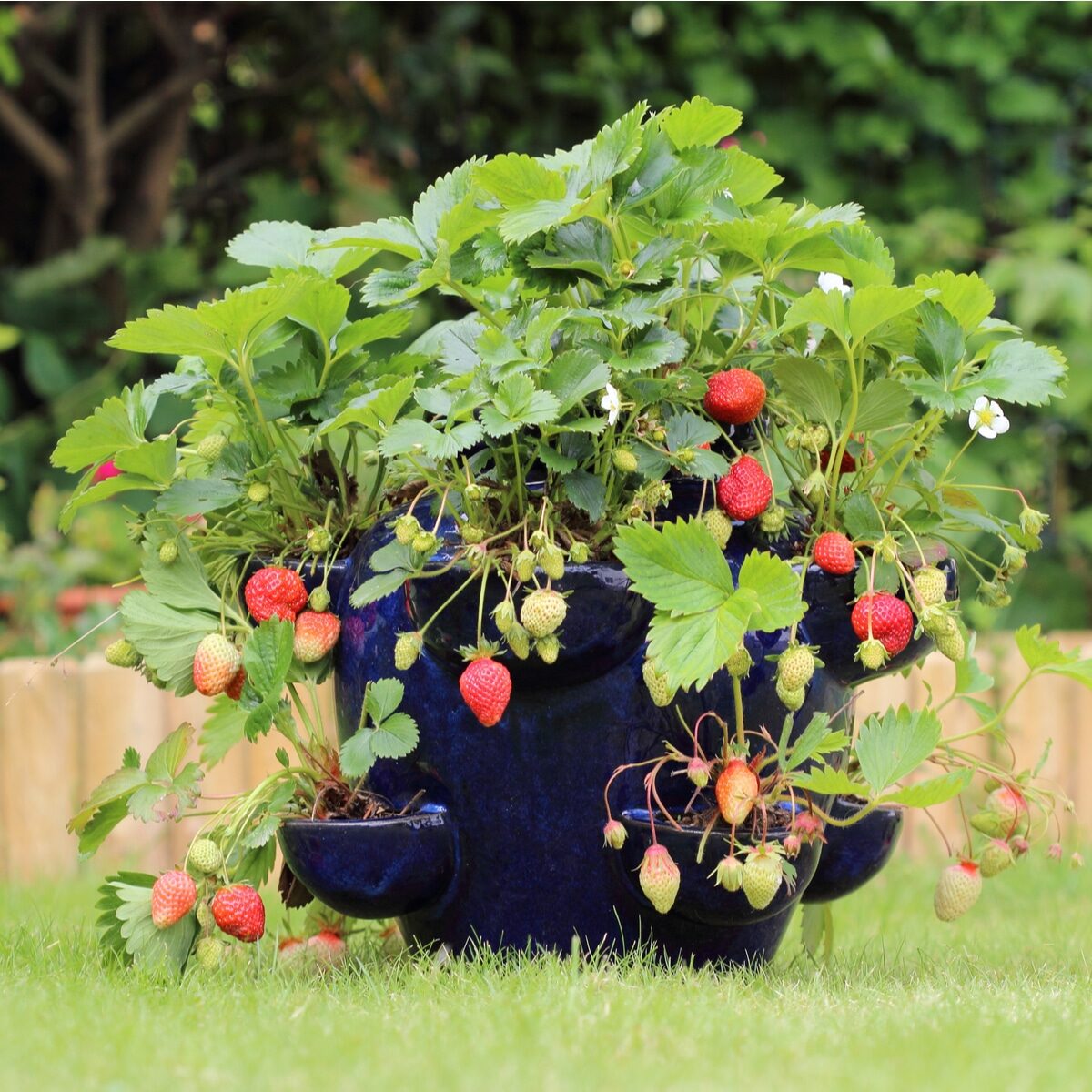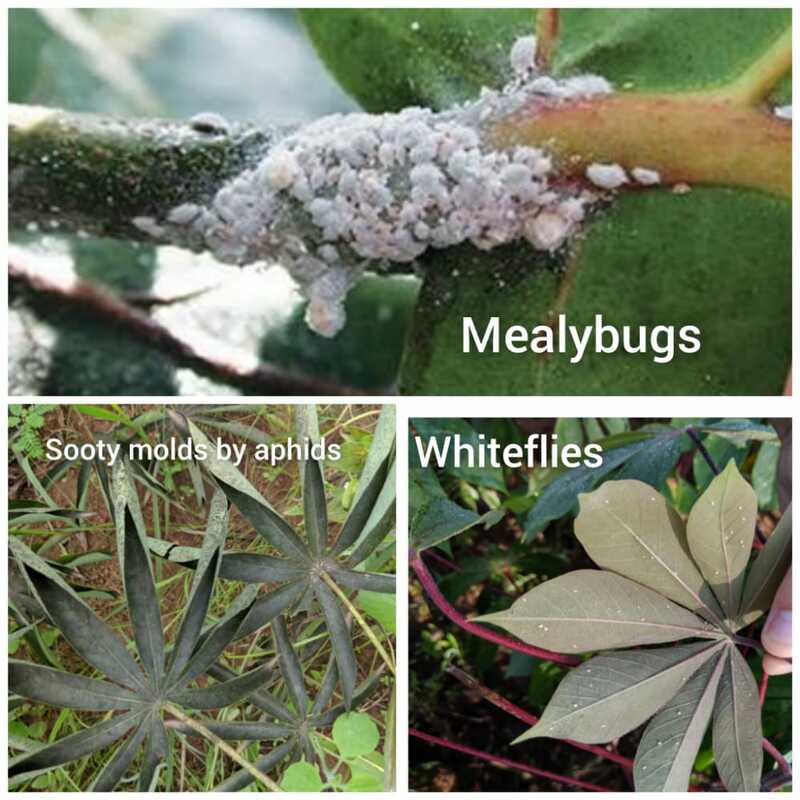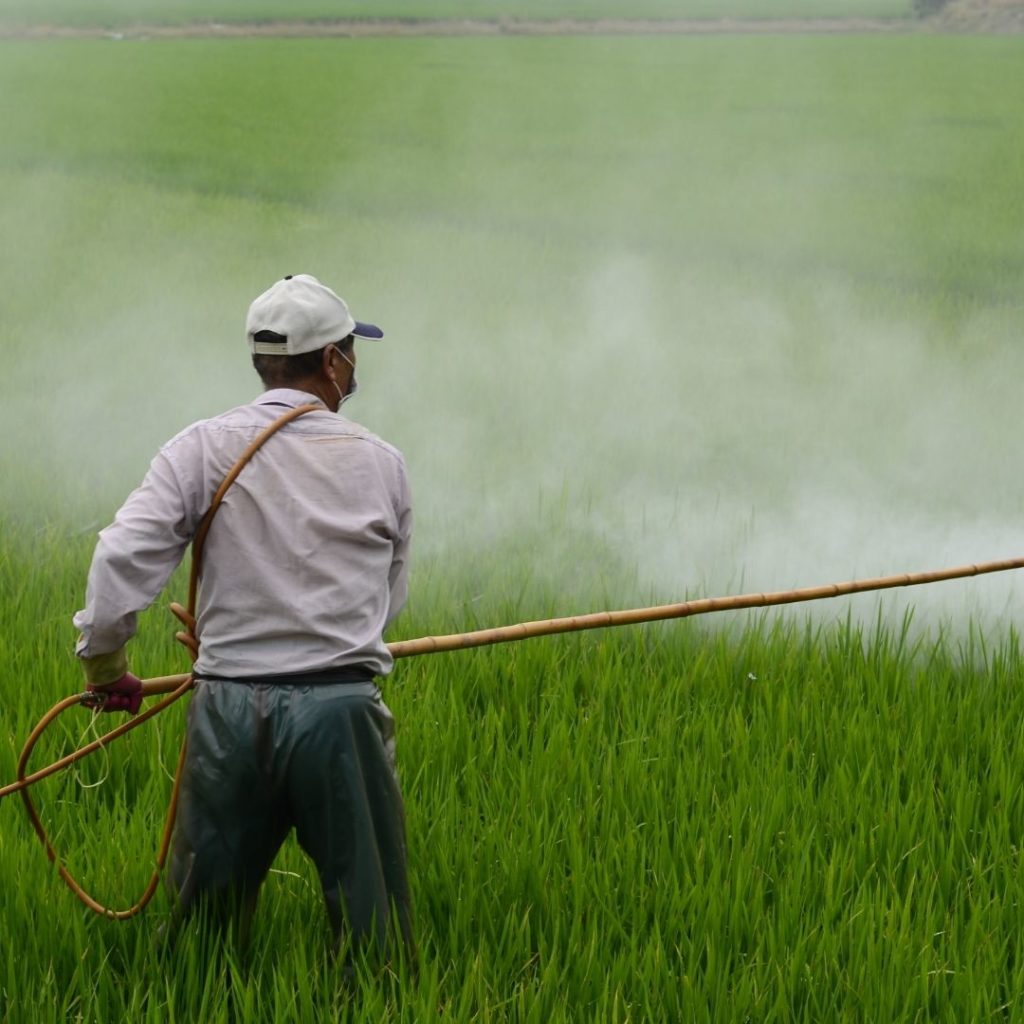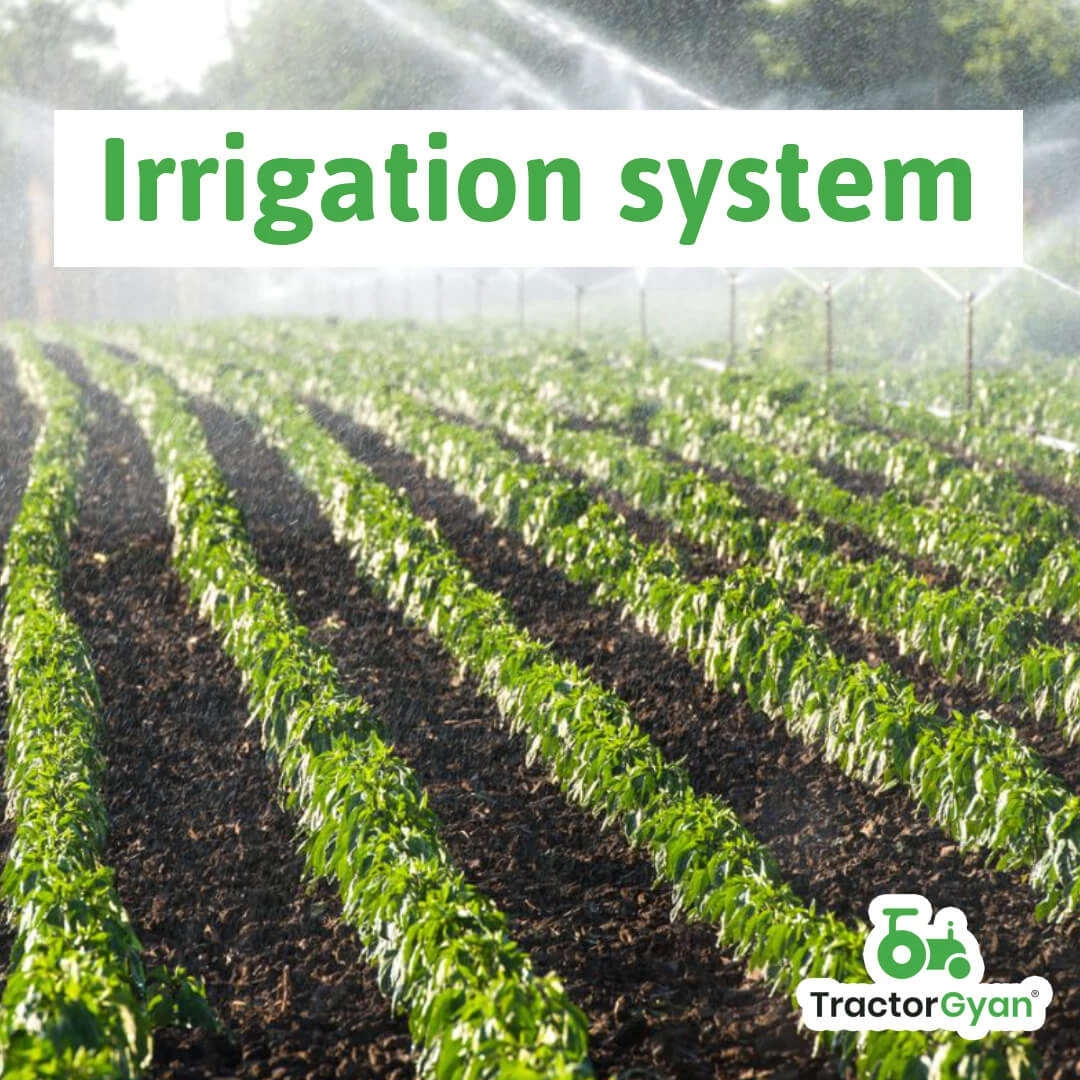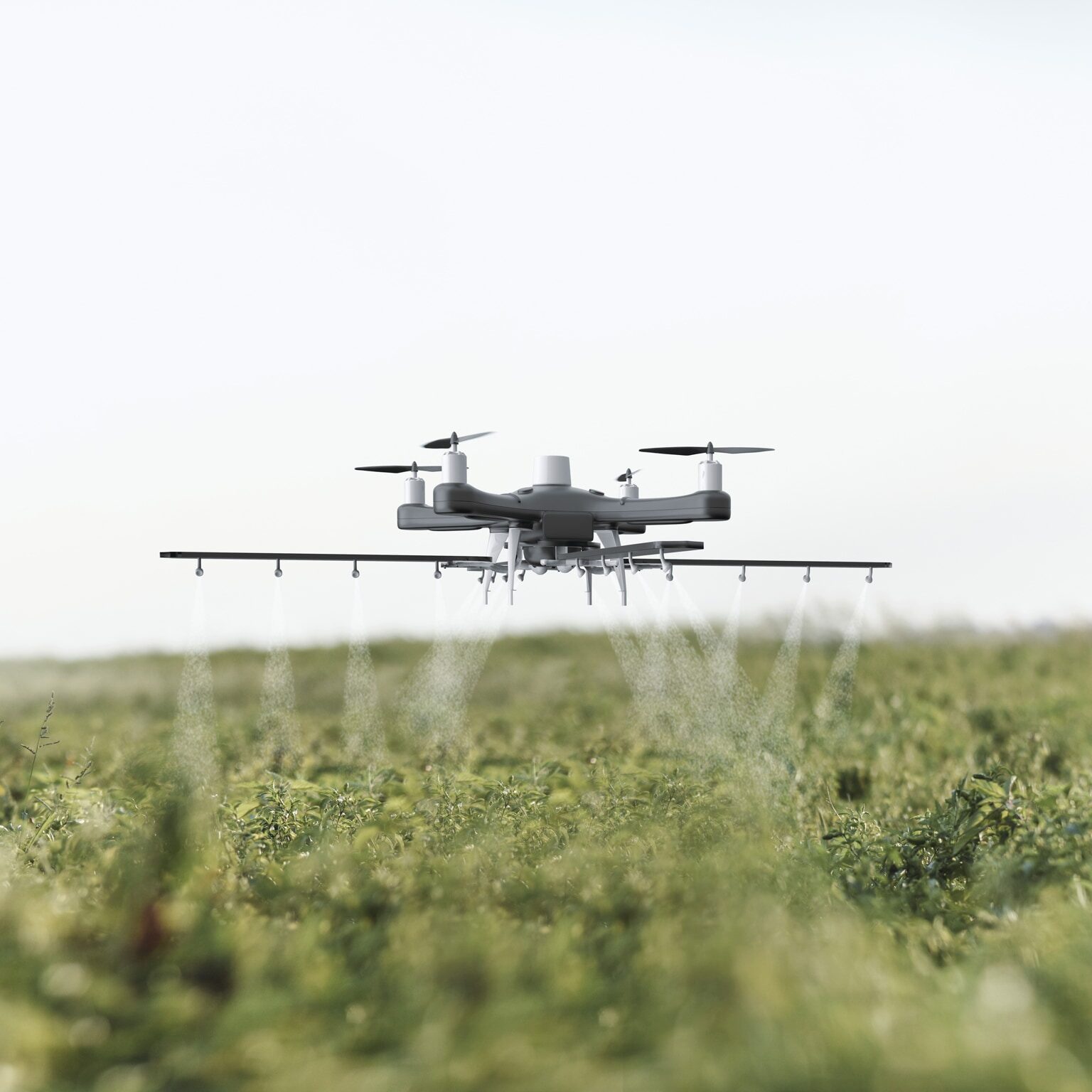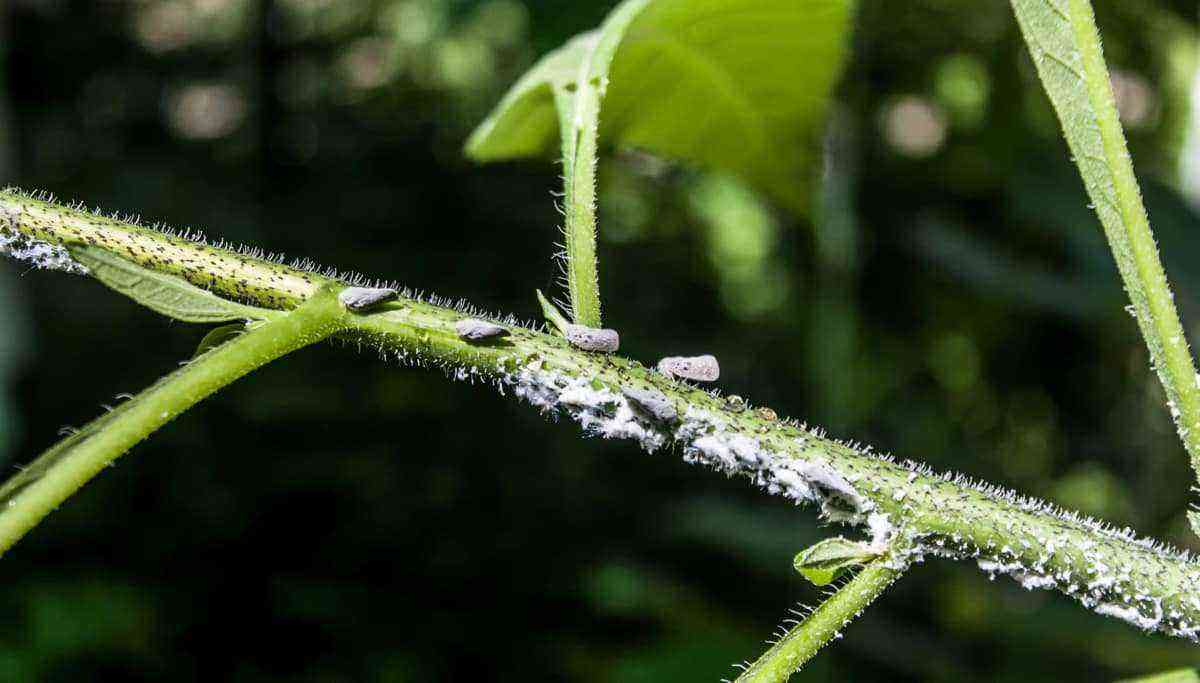Spray drift (known as spray drift) has become a factor of great concern among those working in the area since it can cause damage to the environment. It causes waste of pesticides, financial loss and productivity.
Drift is one of the main complicating factors in spraying and, therefore, requires a lot of attention and technique in order to minimize operations.
This is because the pesticides currently used are usually much more active and any failure to apply can affect animals, humans and the environment around the area.
In a webinar promoted by Corteva Agriscience, Agronomist and Doctor of Application Technology, Rodolfo Chechetto, noted that “the wrong application suggests talking about quality losses in the crop and damage to the environment, less profitability, food safety“.
For this reason, preventing this drift is a more than necessary act. It is also related to knowing how to apply pesticides correctly and the correct handling of equipment during this operation. This is what we will show in this article.
Be prepared and informed before spraying
Agricultural pesticides are responsible for controlling pests that harm the crop, ensuring the health of plants. Its use allows the sustainability of agricultural production, which maintains Brazil as one of the largest food producers and exporters in the world.
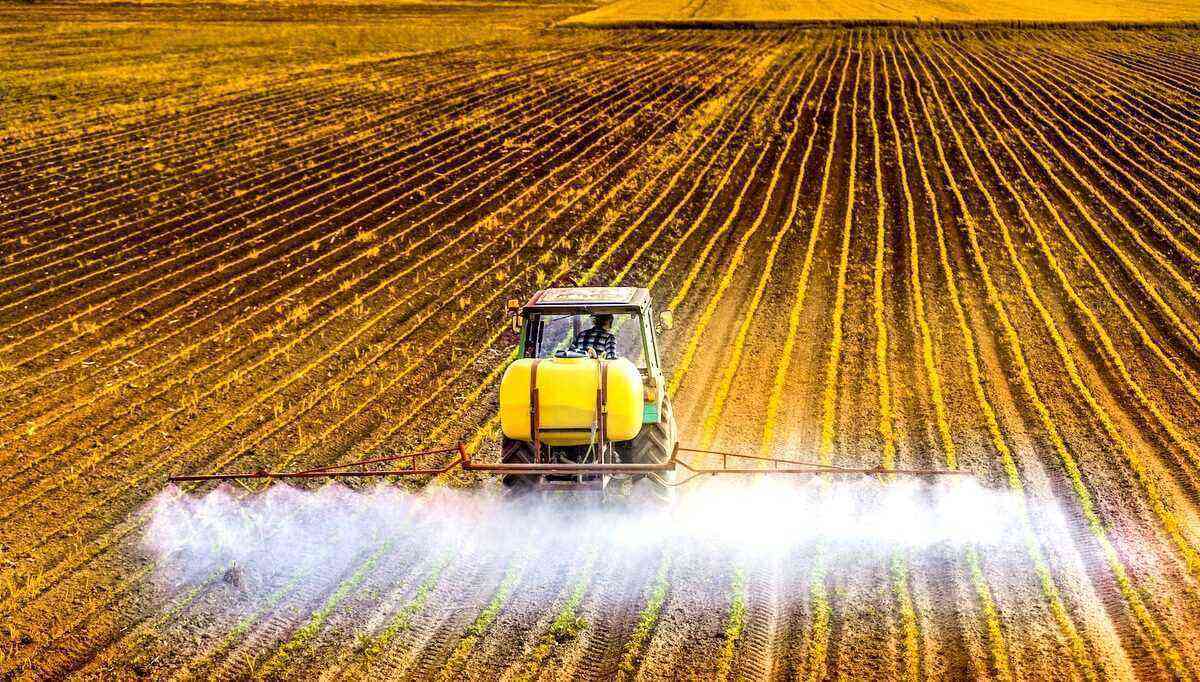
Spraying crops with pesticides prevents pest attacks. But if it is not done correctly, there is a risk of drifting.
However, the rural producer and his employees must keep up-to-date application methods and, at the same time, read the label of the chemical product to be used in the field, following all instructions.
If you have any doubts, ask a professional in the area or the manufacturer itself before starting the application of pesticides. Product labels provide company details, so you can contact them for additional information.
Use the correct equipment to avoid spray drift
Select the equipment recommended by the product manufacturer for your use and keep them properly calibrated, ensuring that your sprayer works efficiently and economically when using crop protection products.
In addition, regular calibration is indispensable in the sense that the right amount of chemical is applied and material does not disperse – giving rise, of course, to drift.
Learn how wind can impact spraying
Wind can significantly interfere with spraying. For this reason, it is important to keep in mind that the objectives of any application are to balance productivity, effectiveness and avoid the movement of pesticides out of the indicated location.

Pay particular attention to wind conditions at the time of application, in order to avoid spray drift.
Thus, it is necessary to find a functional intermediary between controlling the drift and not sacrificing the coverage and effectiveness of crop protection products. For this reason, spray at low wind speeds (from 3 to 10 mph) and consider that, in general, this factor is less problematic in the early morning or late evening.
However, be careful. There are some labels that indicate application of crop protection products from one hour after sunrise to two hours before sunset and thus help to reduce drift problems, while others recommend a different period. Therefore, also pay attention to what the product manufacturer recommends.
Other environmental factors that can cause spray drift
In addition to the wind, as mentioned above, spray drift can occur due to two other environmental factors: temperature and air humidity.
These two factors act in combination, accelerating the evaporation of volatile compounds from the droplets. Getting “lighter”, these drops are dragged by the action of the wind.
They can reach a neighboring area or even a water source, close or far from the place of application of the product.
Consider nozzle size and pressure
Any changes made to the spraying system, such as the nozzle selection and the pressure of this action, can impact the droplet size and, consequently, the potential for a drift to be formed or not during the application of crop protection products.

The nozzle size at application is another factor that can influence the spraying of pesticides and lead to drift.
Given this scenario, the numerous nozzles on the market can produce different sizes of droplets, according to the pressures applied.
For example, a nozzle can produce medium droplets at low pressure and prevent drift; or fine droplets at higher pressures and achieve good coverage. Soon, many are in a dilemma of which to choose.
In most cases, crop protection products should be applied through nozzles that produce medium to thick drops.
However, in order to end the duality, newer models are being designed with the effect of having higher pressures in order to give good spray coverage. And yet they manage to reduce the drift simultaneously.
Pay attention to the height and speed of the crop protection spray boom
Be sure to use nozzles with angles equal to or greater than 110º. This will allow the boom to be lower and therefore ensure that the spray pattern and proper overlap are maintained.

After making sure about the quality of the nozzles, pay attention to the issue of height and speed of the spray bar and, with that, avoid drifting.
Keep in mind that for a bar with 50 centimeter spacing between the nozzles, it is best to establish a canopy height of 60 centimeters or less.
Another important detail is to reduce the ground speed of the sprayer to less than 10 mph. After all, the faster speeds will cause the boom to bounce and eventually a spray vortex will occur. This ends up sending droplets higher into the air and causing drift.
Be careful of surrounding areas: avoid spray drift
As much as you are careful to avoid drift, it is important to identify if there are sensitive areas around where you intend to spray, such as streams, houses and other crops sensitive to pesticides.

Spraying should only cover the predetermined area in order to avoid contamination and waste of pesticides.
Once there are, in fact, these environments, notify the spraying operator about these locations and be sure to inform your plans with neighbors and other people who may be influenced by this operation.
Remember: good communication can often prevent complaints and prevent unnecessary misunderstandings or conflicts between individuals around the region.
Conclusion
Therefore, as shown in the article, the rural producer must be very attentive when applying pesticides in their crops in order to avoid the occurrence of drift.
Check out a summary of the most important tips:
- Sprayer adjustment is essential in order to obtain a good application;
- Droplet weight and diameter;
- Pay attention to weather conditions during pesticide applications;
- Adjuvants to prevent the drift of agricultural pesticides;
- Correctly choose the spray tip;
- Adequate pressure, bar height and coverage;
- Follow the product package insert to ensure correct and safe use;
- Select non-volatile or low volatility active ingredients or formulations.
In the video below, check out the best application technology, in order to avoid drift:
Source:NN Producer.
Need help? Get in touch with MF Rural
Now that you already know the dangers of spray drift and have discovered how to solve this problem, how about finding all the products you need for this practice at MF Rural?
Our agribusiness marketplace is especially aimed at meeting sellers and buyers in the segment, facilitating the availability of goods and services that facilitate the practice of all those involved.
Access our website and search for all the products you need, leave a contact number and, of course, be sure to check out all the articles available on our page.
Here, you not only have access to the best merchandise, but also to the main information. We are waiting for you!
Also check: use of drones in crop spraying will be regulated. Good reading!

